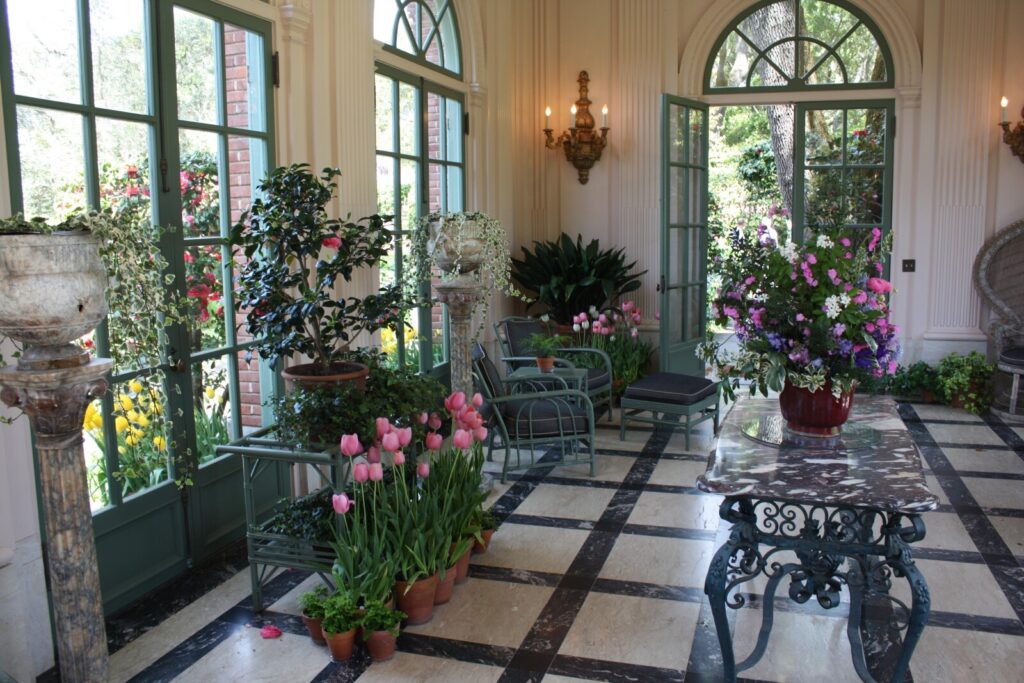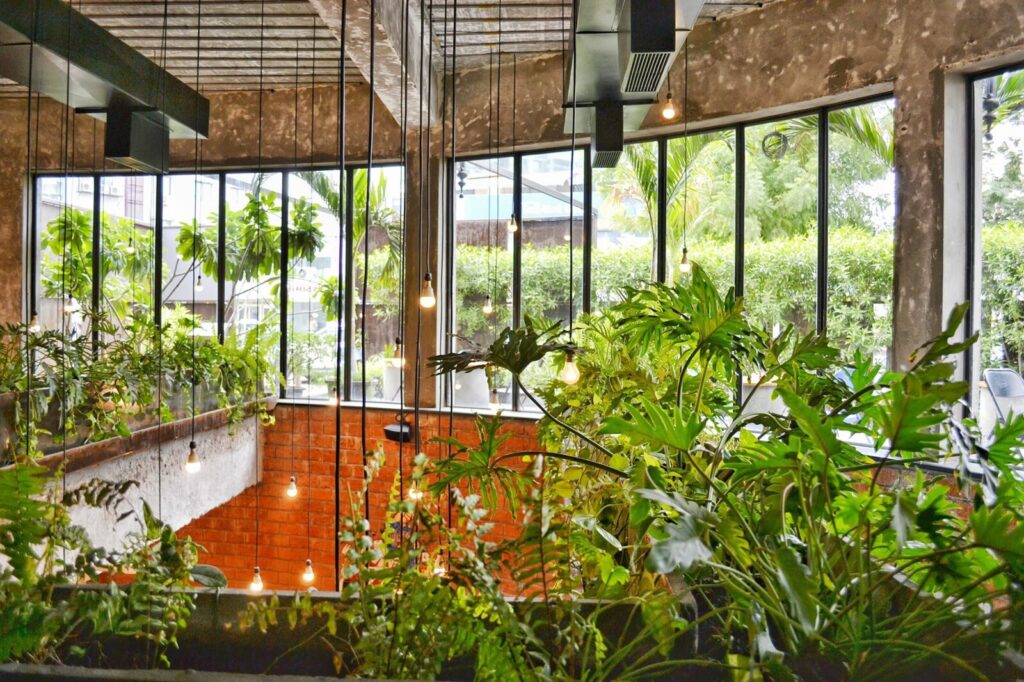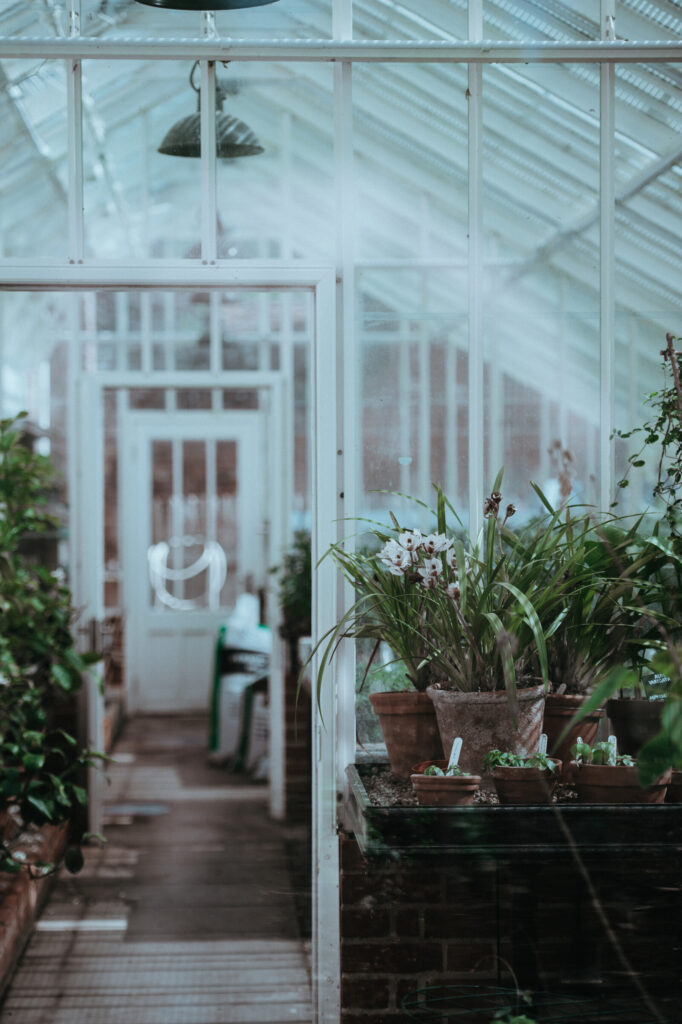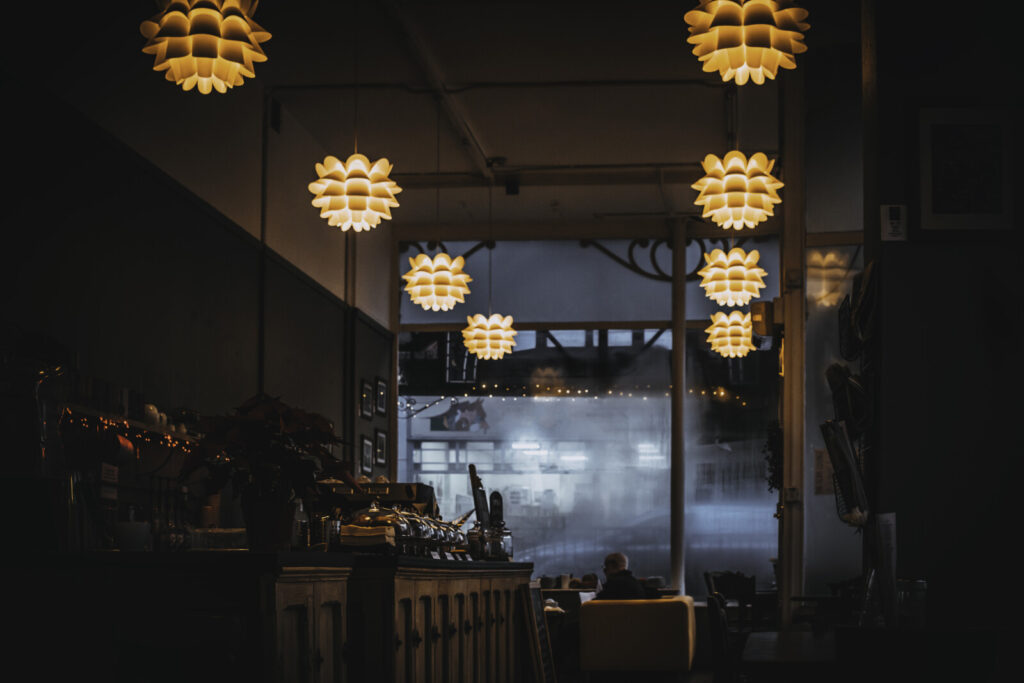The Top Factors to Consider When Choosing Grow Lights for Indoor Plants
Grow lights are an essential tool for indoor growers, whether growing plants on a large scale or just trying to get your basil to thrive. But with so many different types of grow lights available, it can be challenging to know which one is best for your planter box. This article will discuss choosing the best grow light for indoor plants and what factors you should consider when narrowing down your options.

The Top Factors to Consider When Choosing Grow Lights for Indoor Plants
Plants Need Light To Survive
Understanding how plants use light to grow is vital to choosing the proper lighting for your garden. Plants need light because it’s a form of energy. As plants make their food, they take in light and use it as an energy source to fuel the process.
Plants also use light to get their nutrients; they absorb these nutrients through their leaves and use them to grow correctly.
The Color Spectrum Needs To Be Considered
The color spectrum of light a plant can use is limited; your plant’s growth rate and quality will depend on this. Moreover, some plants need more specific types of light than others. For instance, tomatoes prefer red light while blue and white lights stimulate peppers. So if you’re growing veggies indoors with LED lights, it’s essential to know which ones will provide the most nutrients for your plants without causing damage or stunting their growth.
Positioning Is Everything
When growing plants indoors, the most important thing is to know where your grow lights should go.

Positioning Is Everything
Plants need light to live, so it’s crucial that you choose a lighting system that will provide enough brightness and quantity for your plants’ needs. Light intensity and duration are both essential factors when choosing a lighting system for indoor plants.
Plants Require Different Amounts Of Light
The amount of light a plant needs vary based on the individual plant. Some plants require a lot of light, including lettuce, peppers, tomatoes, and basil, and others need less light (like parsley, carrots, and celery). Then some need very little light (spinach, leeks, and potatoes).

Plants Require Different Amounts Of Light
In choosing the right grow lights, two main factors should be considered:
- The size of your indoor garden or greenhouse
- Plant types you are interested in growing
The Type Of Plant You Have Matters
When you’re shopping for grow lights, it’s important to remember that different types of plants need different light levels. Some plants thrive in all-day sunlight, while others require just a few hours of direct sunlight each day.
Whether you have a sun-loving or shade-loving plant, the type of light will make a difference. Plants that prefer brighter conditions (such as succulents) are best suited for fluorescent or LED grow lights that produce more blue and red wavelengths than infrared (which can cause photosynthesis). If you’re growing tropical plants indoors, look for an HID bulb with a higher kelvin rating (for example, “MH” bulbs provide more blue and green light than “HPS”).
Choosing a Grow Light Type – Grow Bulbs vs. Lighting Fixtures
Grow bulbs are the cheaper option, but they also have more limitations. Grow bulbs are designed to be used with a single plant in a small space. They’re like regular light bulbs, except they only give off light that plants can use for photosynthesis (and not the kind of light we see). You can move them around the room or position them over your plants if you want to change their height.

Choosing a Grow Light Type – Grow Bulbs vs. Lighting Fixtures
Lighting fixtures are best for large plants or groups of plants that need lots of direct light. You can adjust the distance between lights and your plant to get the required amount of sunlight, and they come in all shapes and sizes. This is ideal for more extensive indoor gardens where there isn’t room on one side or edges are too close together for light penetration (which would reduce growth).
Should I Get an Incandescent Light, Fluorescent Light, or LED Plant Grow Light?
When picking out indoor grow lights, you first need to consider whether your plants will be growing in a window with indirect sunlight or under a bright lamp. If they’re getting direct sunlight, then an incandescent bulb may be all they need. These bulbs are cheap and don’t consume much power, but they also have a lower light output than more efficient technologies like fluorescent or LED lights.
Check out fluorescent bulbs next if your plants are under artificial light instead of natural daylight. They’re more efficient than incandescents and can produce higher wattages per dollar than LEDs without consuming too much electricity (though still not as much as LEDs). Finally, if you want the best possible lighting for your plants indoors or out, go with LED plant growth lights instead of any other option on this list!
Setting Up an Indoor Plant Growing Area
Setting up your grow light is the next step. To do this, make sure that the plant is positioned in a light-filled area. Make sure that there are no obstacles in the way of the lighting system, such as walls or furniture. When your plants are awake and growing, you should position them to receive adequate light all day (not just at night).
You must position your plants properly under the grow light so they will get as much exposure to its rays as possible without burning them out prematurely by overexposing themselves! If you know how long it takes for certain types of plants’ leaves/stems/flowers, etcetera to get burned, then try placing them accordingly but if not, then use common sense: If something looks like it’s starting to burn, then move further away from whatever source was hurting it until things start looking normal again!
Grow Light Placement Tips
If you’re growing your plants indoors, the light source placement is critical; newcomers to indoor gardening will find this information crucial.
Plants need to be placed close to the grow light to thrive; however, there’s a danger zone around the lamp that can cause damage if too much exposure occurs. To find out what distance works best for your specific needs, check with an experienced gardener or consult an expert at your local nursery or hardware store. You might also consider using an online resource such as our article on plant spacing distances: http://www.gardeningknowhow.com/houseplants/houseplant-spacing-for-indoor-care/.
For most houseplants (with exceptions such as cacti), it’s recommended that you place them within 12 inches from where they’ll receive their primary light source; this will ensure they receive enough energy without getting burned by direct heat coming off of lamps after being placed too close together (which could result in discoloration).
How Long Should a Plant Grow Light Be Left On?
How long to leave grow lights on depends on the plant you are growing and its size. The amount of light your plant needs also depends on its stage of growth, as well as its genetics.
For example, cacti require less time than other flowering plants because they have evolved to thrive in hot, dry environments. They will do fine with only a few hours per day under grow lights. On the flip side, tomato plants need more exposure to reach their full potential; they may need 12+ hours of sunlight each day at certain times during the year (or longer if they’re large enough).
If you’re unsure how much time should be spent with lighting systems like this one for your particular plant species or plant size/stage, then consult an expert before buying any equipment!
The Right Grow Light Can Make A Big Difference In How Your Plants Thrive And Can Be An Essential Part Of Indoor Gardening
In indoor gardening, selecting the best grow lights is essential and can have a significant impact on your success. The trick is to find a balance between the amount of light and heat you’re giving your plants, which can be tricky if you don’t know what to look for.
The first thing you’ll want to consider when choosing to grow lights is how many watts they draw. Wattage isn’t everything, but it gives you some idea of whether or not light will be able to supply enough energy for the plants that need it most (like vegetables).
Conclusion
Now, you know the most important things to consider when choosing grow lights for indoor plants. It is also important for you to consider your budget, preferences, and needs when making a choice.


